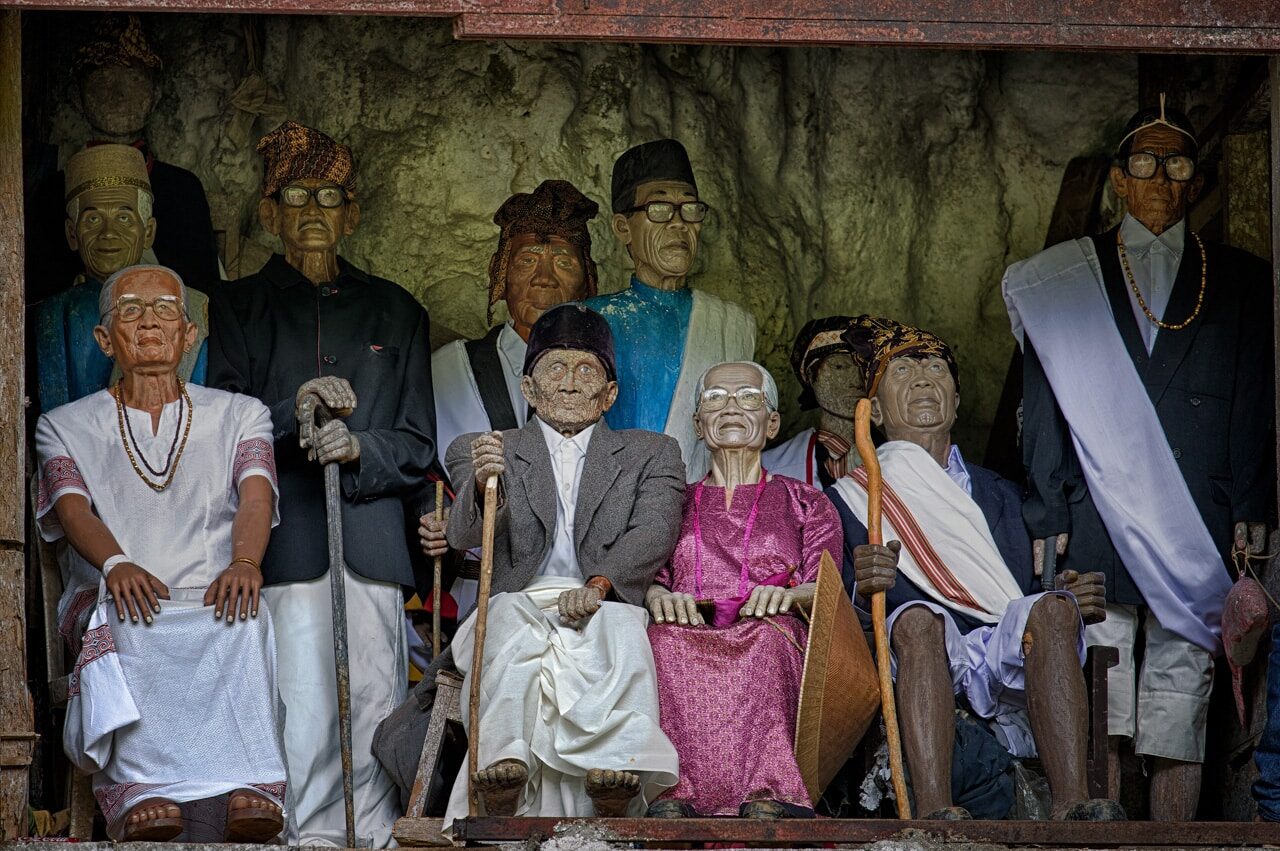
Sky burial in Tibet
In the middle of the Tibetan highlands, vultures flock hungrily around a dismembered corpse. The "Ragyapas" — the Buddhist morticians — have left the body for them to eat. They follow the ancient tradition of a sky burial — when a person dies, they are symbolically fed for a few days while a monk reads to them from the Tibetan Book of the Dead. This is the holy man's way of persuading the soul to leave the body.
On the day of the funeral, the Lama — a title for a teacher of the Dharma in Tibetan Buddhism — invokes the deceased one last time before the body is taken to the burial site before sunset. The Ragyapas dismember the body and split the head so that the soul can escape. It is then the task of the vultures to carry the deceased into the "bardo," the intermediate realm between death and rebirth.
India: Cremation and holy water
Hinduism also believes that every person is reborn many times. A dead person must therefore be cremated as soon as possible, because only then can their soul free itself from the body and move on. In India, the River Ganges plays a special role in this. According to religion, it is sacred, as it is said the river flows from the sacred locks of the god Shiva. Those who bathe here are freed from all sins. This is also the reason why numerous funeral pyres are erected on the riverbank for the dead. After cremation, relatives collect the ashes and scatter them in the Ganges, accompanied by flowers and garlands. They hope that the deceased will thus escape the eternal cycle of birth, death and rebirth and enter nirvana, a state in which the soul finally comes to rest.
Around 100,000 burials take place on the Ganges every year. Cleansing for the soul, but not for the river, as it is one of the most polluted rivers in the world.
Coffin art from Ghana
Elsewhere, a burial is more popular, but not all coffins are the same. In Ghana, for example, coffin art symbolizes what was important to the deceased in life: Did he work as a musician in a band? Then the coffin can be ordered in the shape of a guitar. Was he a bar owner? Why not a final resting place in the shape of a beer bottle? There are no limits to the imagination.
Indonesia: The long road to the land of the dead
Even more expensive, however, are the burial ceremonies of the Toraja mountain tribe in Indonesia. In order for the soul of the deceased to find its way to the land of the dead — Puya — it needs the help of the living. The tribe believes this is necessary because if it gets lost and wanders between the worlds, it can become a threat to those left behind.
After their death, the deceased are first embalmed and laid out in the family home. Sometimes only for a few weeks, sometimes for years, because the relatives save up for a grand funeral feast lasting several days to enable the soul to make its way to the afterlife. The higher the social status of the deceased, the more extensive the celebrations.
Hundreds of guests come together, all of whom have to be entertained and accommodated. Numerous animals are slaughtered at the funeral ceremony, but water buffalo is the preferred choice. For the Toraja tribe, they are not only a symbol of power and wealth, but are also said to help the dead find their way to the afterlife. Cockfights are also part of the ritual.
The highlight of the ceremony is the actual burial. The deceased is hung from a rock face in an elaborately carved wooden coffin or laid out in a cave carved into the rock. There is room for whole families here. In front of the rock tombs, wooden figures called tau-taus, which are supposed to represent the deceased, stand on a balcony.
Madagascar: New clothes for the ancestors
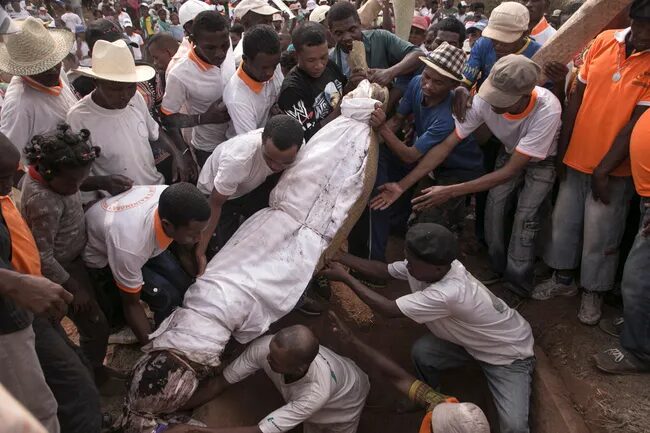
However, disgruntled Razana can be appeased at the Famadihana festival for the dead. Sometimes they set the date themselves by appearing to a relative in a dream. In most cases, however, an Ombiasy, a Malagasy healer, contacts the dead to determine the right time for the Famadihana, to which the extended family, neighbors and friends are invited. On the feast day, the deceased are then wrapped in precious silk scarves and the living and the dead are introduced to each other. The hosts serve sumptuous food and toaka gasy, home-brewed rum. There is a lot of drinking, laughing and dancing. And when the deceased are then returned to the cleaned and newly painted tomb, they are laid to rest. Until the next Famadihana. As a rule, such a festival only takes place every three to seven years, as it is very elaborate and costly.
The Japanese Obon festival
Many Asian countries also pay homage to their ancestors. Families set up shrines at home and honor the deceased with flowers and incense sticks.
In Japan, there is a three-day ancestor festival called Obon every year in mid-August. According to Buddhist belief, the dead return from the afterlife to their homes and families once a year, and they must be given a proper welcome. To help them find their way, welcome fires or lanterns are lit on the house altar in the gardens. The bereaved make daily food offerings to their ancestors, including "farewell dumplings." The symbolic feeding is intended to alleviate the suffering of the dead, who may be starving.
According to popular belief, the deceased ride back to the afterlife at the end of the Obon, which is why families make them mounts from cucumbers or eggplants; chopsticks are used as legs. These are either placed on the altar or in front of the door. The farewell is once again marked by fire. Flames in the form of characters light up the mountain slopes while floating lanterns sway gently on rivers and lakes.
The Obon is now a popular festival where almost the entire country is on its feet to greet the ancestors in their hometown.
Striptease for the dead in Taiwan
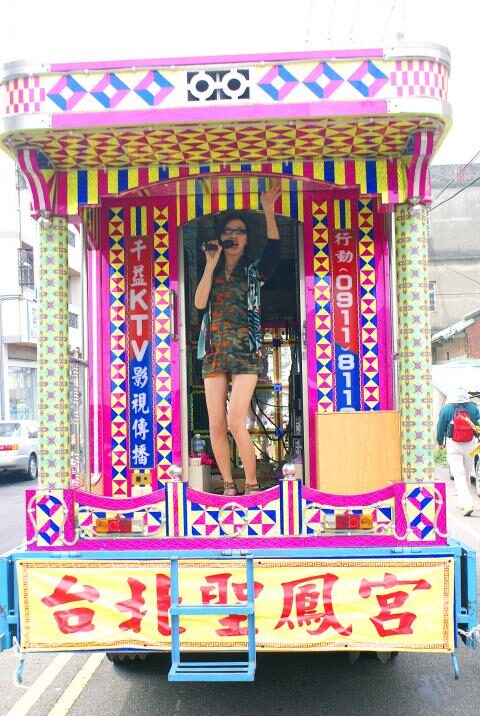
This somewhat strange custom only became established in the 1970s. Apparently, the Taiwanese underworld sensed a good business opportunity at the time. As partners in funeral homes, they simply offered strippers from their nightclubs as part of a cheap "funeral package." This would attract more mourners, which would in-turn please the gods. The dancers are also a gift to the dead who enjoyed themselves while they were alive.
In the big cities, the "Electric Flower Cars" are usually frowned upon as immoral, but in the countryside, they remain popular.
Germany: Funeral feasts and Sunday of the dead
In Germany, as in most countries around the world, such an event would be unthinkable. Here, the deceased are either buried in a coffin or an urn, moving speeches are given and the mourners throw soil or flower petals into the grave as a farewell.
Afterwards, people gather together for coffee and cake at a funeral reception to symbolize that life goes on. The dead are then remembered on Christian feast days such as the Catholic All Souls' Day on November 2 or the Protestant Sunday of the Dead, which falls on November 26 this year. Also known as Eternity Sunday, it usually falls on the last Sunday of the Protestant church's liturgical year. On both these days, people visit the graves of their loved ones and put up grave lights.
However, the memory of the deceased is present in all cultures, regardless of how it is celebrated.
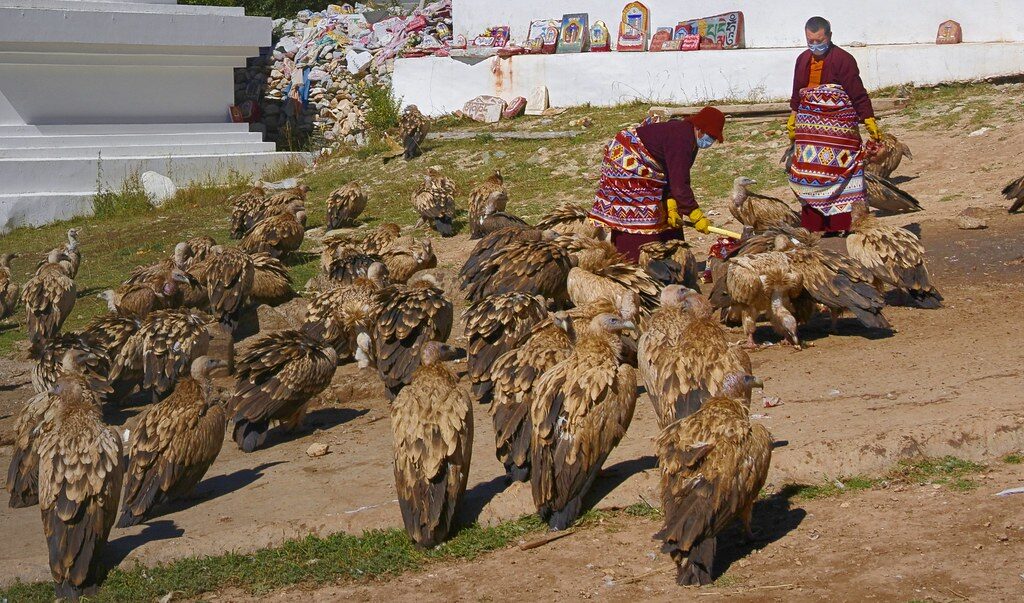
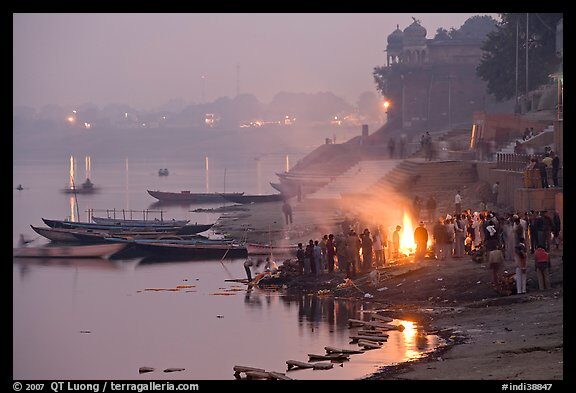
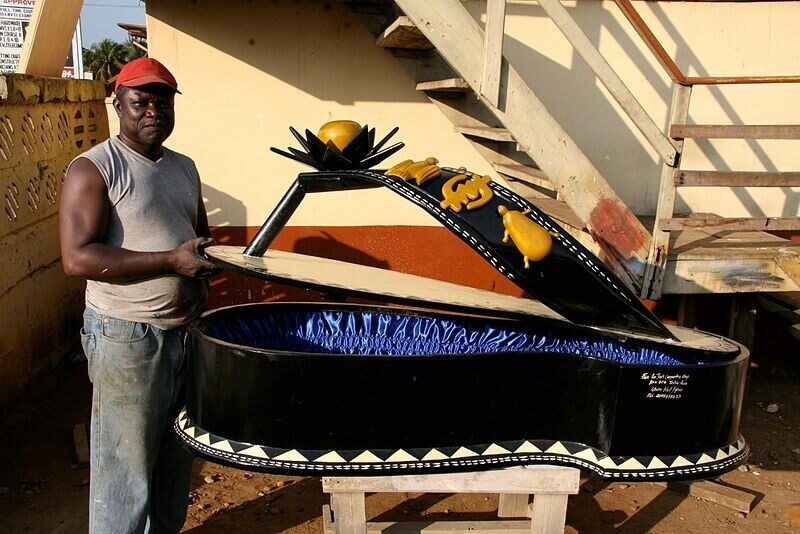
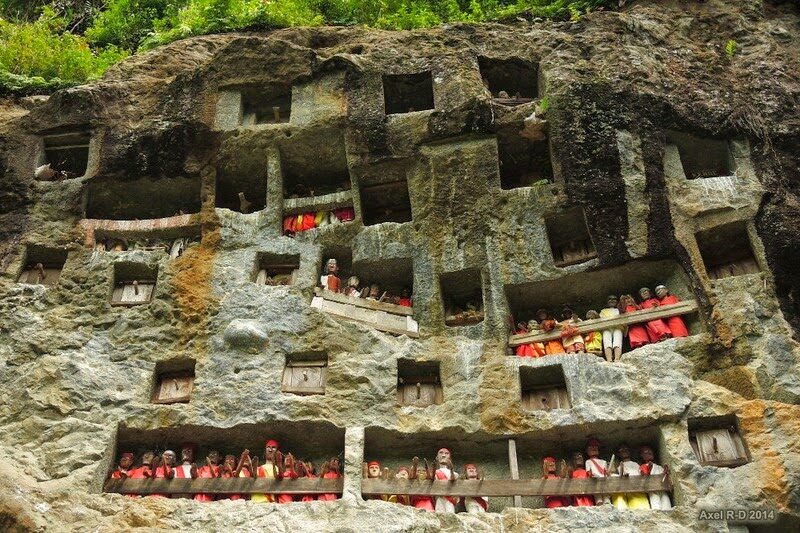
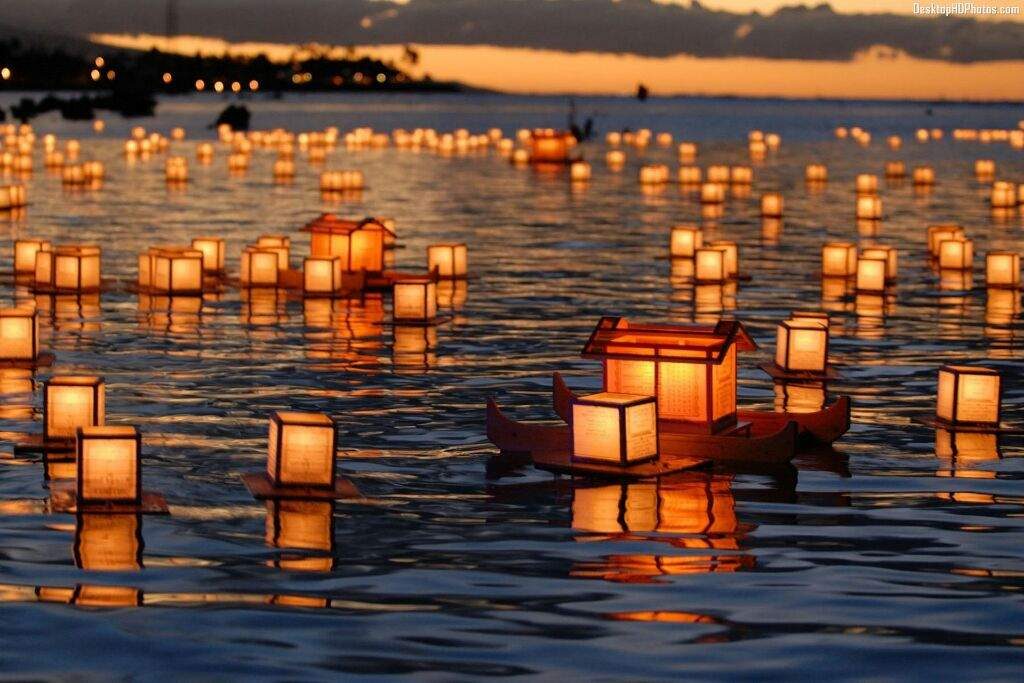



Reader Comments
"alleviate the suffering of the dead, who may be starving."
Starving - for food?
It's those left behind that suffer, the ones who fail to realize how far below the dignity of their true selves this life is.... it's absurd actually...
Therefore, celebrate the peace of the one who moved on, I would want a big party with plenty of alcohol.
And the last thing a deceased would want (if he had any spiritual clue) is to be remembered.
How upside-down is the West.
[Link]
[Link]
The record being 9ft 2in which is pretty impressive.